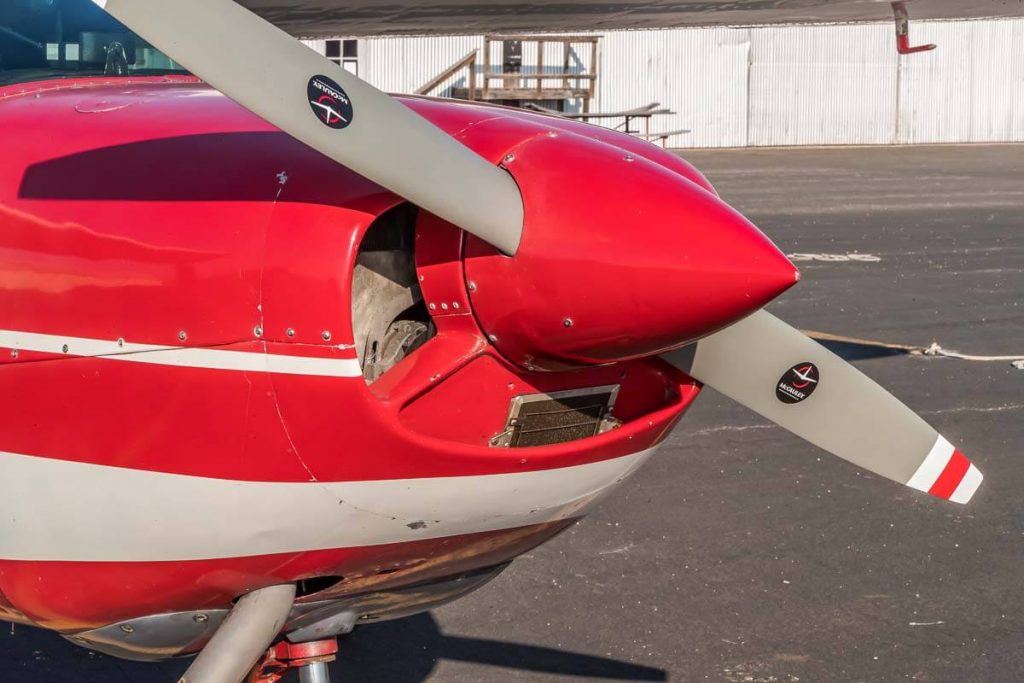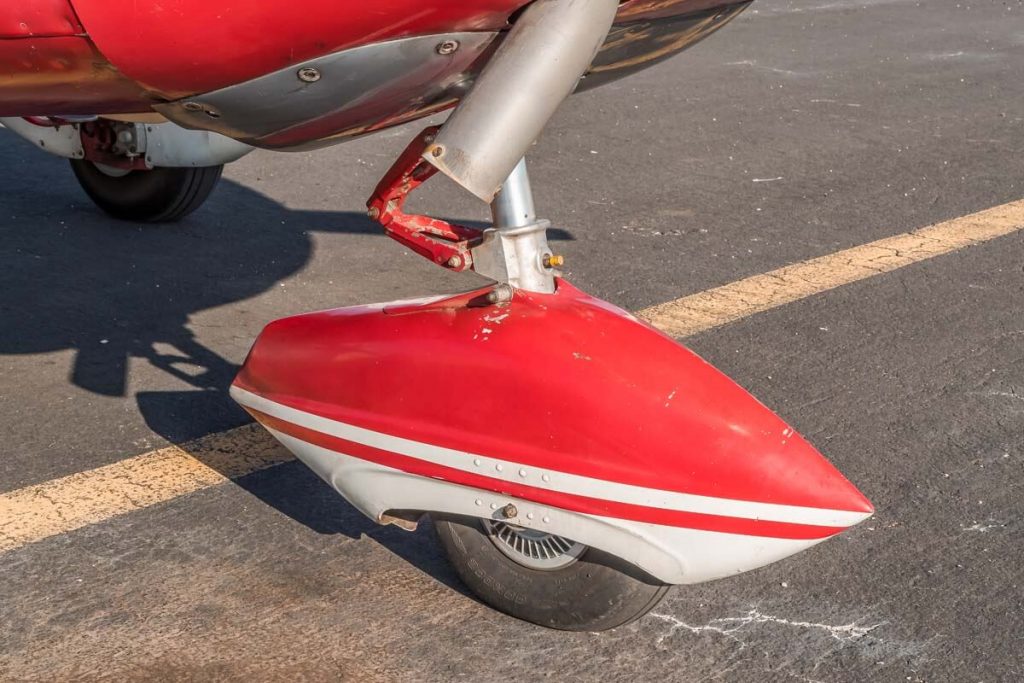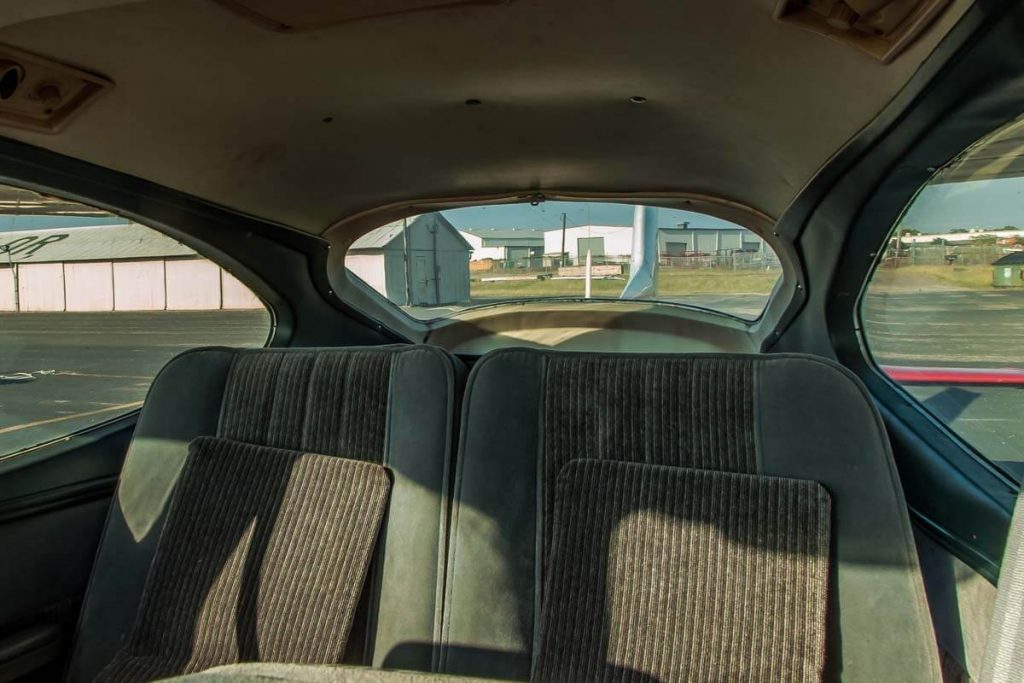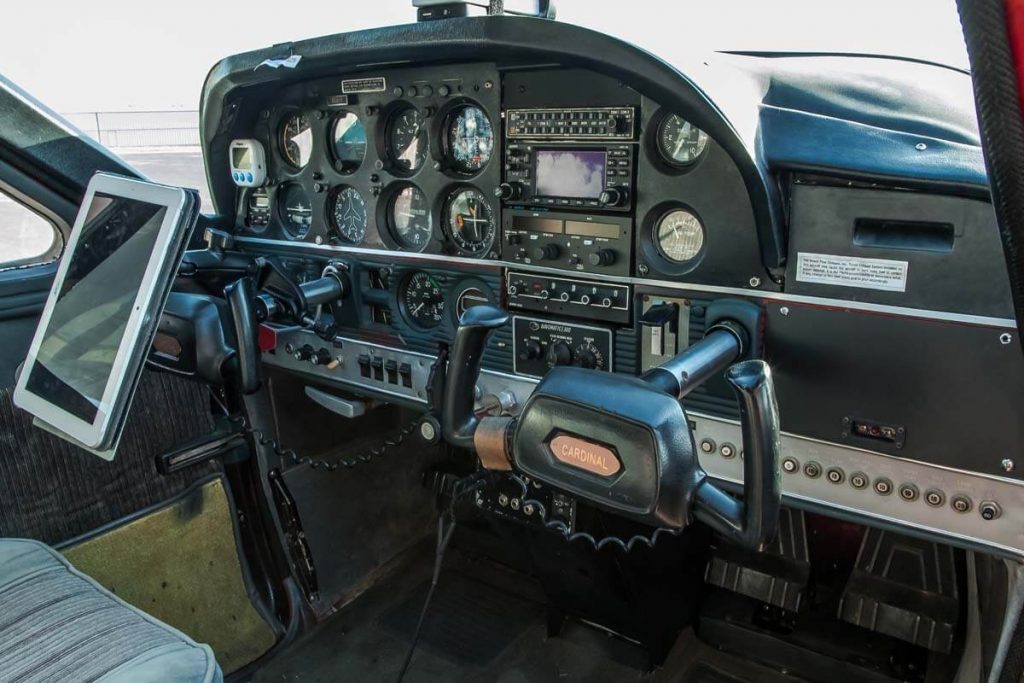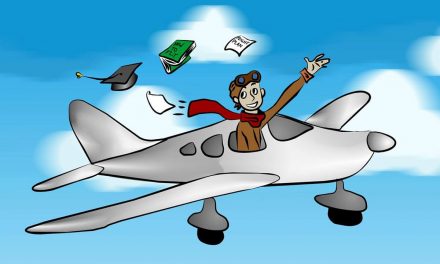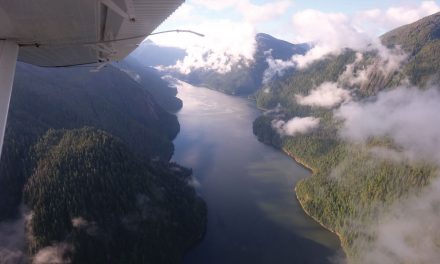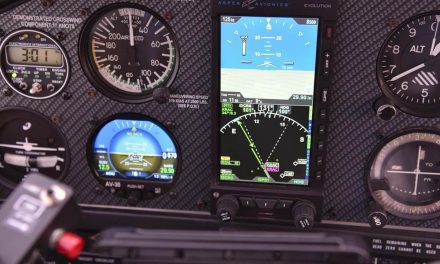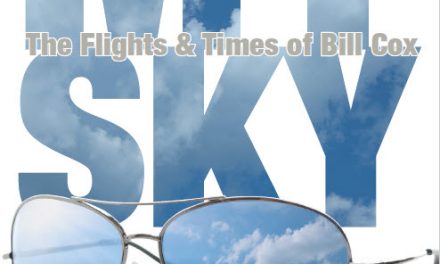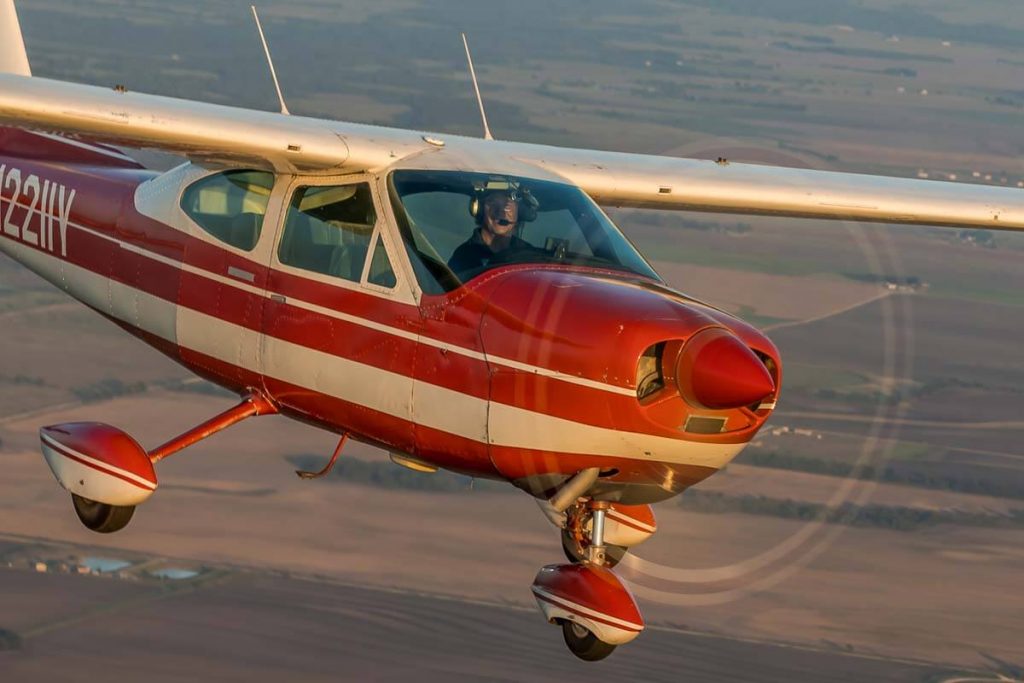
Photo by Jack Fleetwood (www.jackfleetwood.com)
By Randall Gayle
I am a retired computer scientist who has always had a passion for flying. When I graduated from high school, it was the end of the Vietnam War and many of the military pilots were moving to the airlines. Professional pilot opportunities for me would have been difficult at best. So, with much reservation, I decided to get my degree in computer science in the mid ’70s and start my career and the process of providing for my family and raising my children. But the desire to fly never left me. So, after my children had moved out, I started my training. It’s amazing how much computers and airplanes have in common these days.
It was 2004 when I received my private pilot certificate, 2005 when I received my instrument rating, and I purchased N2211Y in 2008. Even though the prebuy A&P told me it “reeked of sitting up,” I loved it and I knew I could bring it back to life. Since then I have acquired my multi-engine rating, commercial rating, and a couple of type ratings. Although I love flying the corporate and charter jets, I think the Cardinal is still my favorite and most fun to fly. It’s not a job.
Tell us what’s interesting or unique about this plane.
I am an avid cyclist. I love camping and hiking in the mountains. I have flown N2211Y to the highest airport in the United States (Lake County Airport, KLXV, in Leadville, Colorado) many times. My Cardinal has more room in it than almost any four-place single that I know of. About the only time that I fly with the back seat in the plane is when I am doing an Angel Flight or carrying family members to places. Without the back seat I can haul a lot of stuff. One time I flew to Zion National Park with another cyclist. We put two full-size road bicycles, two bicycle trailers, camping equipment, and a week’s worth of clothes and food in the back, and both of us still fit in the front seats. It was packed, but we successfully navigated over the Grand Canyon and landed in Hurricane, Utah. There have also been times when I slept on a twin-size air mattress in the back of the plane; something you cannot do in an RG. The cabin of this plane gives me the freedom to land in very remote places, unload my bicycle and trailer, and ride just about anywhere.
Tell us about the panel.
When I bought N2211Y it had two Narco 12D nav/comms. I changed out the top one for the Garmin 430W and got it instrument certified. It has an autopilot (Navomatic 300) but it has never worked. Everything I have read about it says, “Don’t throw good money after bad.” It isn’t worth it. So, for now, I still hand fly it. Recently, I added ADS-B Out. I use my Android tablet with iFly GPS for my EFB, approach plates, and ADS-B In using Stratux. CESSNAOWNER.ORG CESSNA OWNER 17
What is your advice for someone who’s considering buying a plane like this one?
N2211Y was the 11th Cardinal off the assembly line. It is called a ’68, but it was actually manufactured in late ’67. I believe that it is either the oldest or maybe the second oldest one still flying, but there may be other earlier ones that have changed their tail numbers: The first Cardinal was N2201Y, then N2202Y, and so on. N2211Y originally had a Lycoming O-320 (150 hp) and no stabilator slots cut in yet (the Cardinal rule). Since then, it has been upgraded to the O-360 (180 hp) and the stabilator has the AD mod. Only the ’68 and the ’69 models have the laminar flow wing with the thin wing root. As a result, it is somewhat faster but not as docile when landing as the later models. I would say that you need to be a little more purposeful when landing this plane. But after a little practice, it’s not difficult at all.
One mod I did that I think is worth it is a Power Flow short stack exhaust system. Then, because it is a fixed-pitch prop, I sent the prop off and had four degrees added to the pitch. This gave me a good compromise for climbing and cruising. It didn’t add a lot of speed, but I would like to think that I got about 5 mph.
I also added a mod under the bottom cowling in front of the nose gear. These particular Cardinals have a large hole (no cowl flaps) that blocks a lot of air when climbing and creates a lot of drag. This mod still lets the engine heat escape while letting the air from outside flow much more smoothly under the plane.
What are your favorite things about this airplane versus the others you’ve flown?
I absolutely love how it looks. Even when it is just sitting on the ground it looks like it’s flying. It is the “muscle car” airplane of the late ’60s. I love the long, sloping front windshield and the way it sits low to the ground. The strutless cantilever laminar flow wings look like no other and it is very distinctive. The large control structures (ailerons, flaps, and stabilator) give it great maneuverability and control at just about any speed. The exceptional view for the pilot was paramount in the design of this airplane.
If you could change anything, what is the one thing you’d change?
Of course, I would have been way too young to influence the designers of this plane in the ’60s but if I could have, I would have said not to mess with the Lycoming O-320 and go right to the O-360. By the way, this was the first airplane in which Cessna used the Lycoming engine. I also would have suggested that they beef up the nose strut for those students who botch landings. They would have figured out the Cardinal rule on their own. If all of that would have happened early in the Cardinal production, there would be no new 172s after 1968. As it stands, there is no such thing as a 172J model because of the stop in production of the 172 in 1968.
Click on a picture for a popup slideshow




